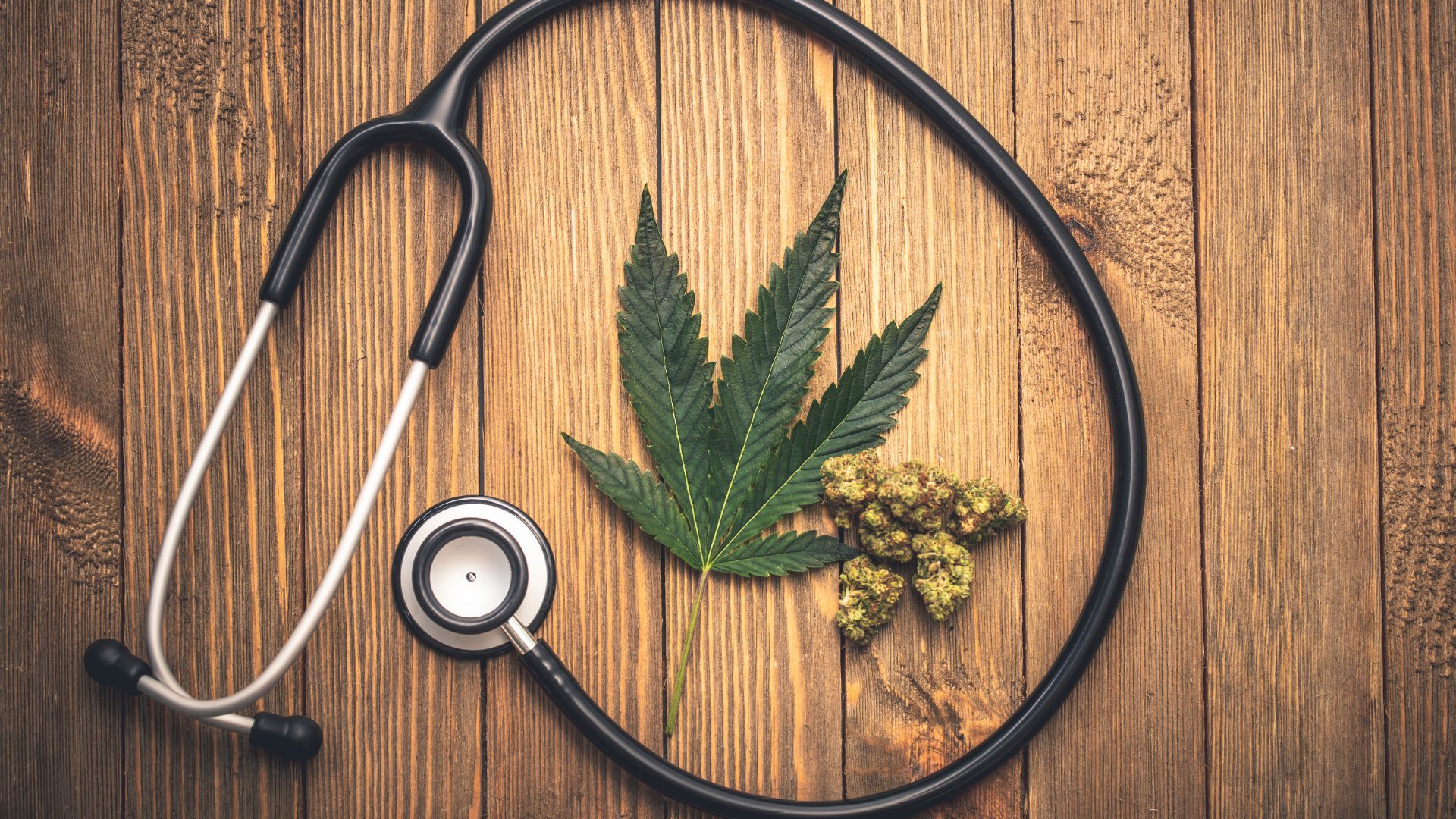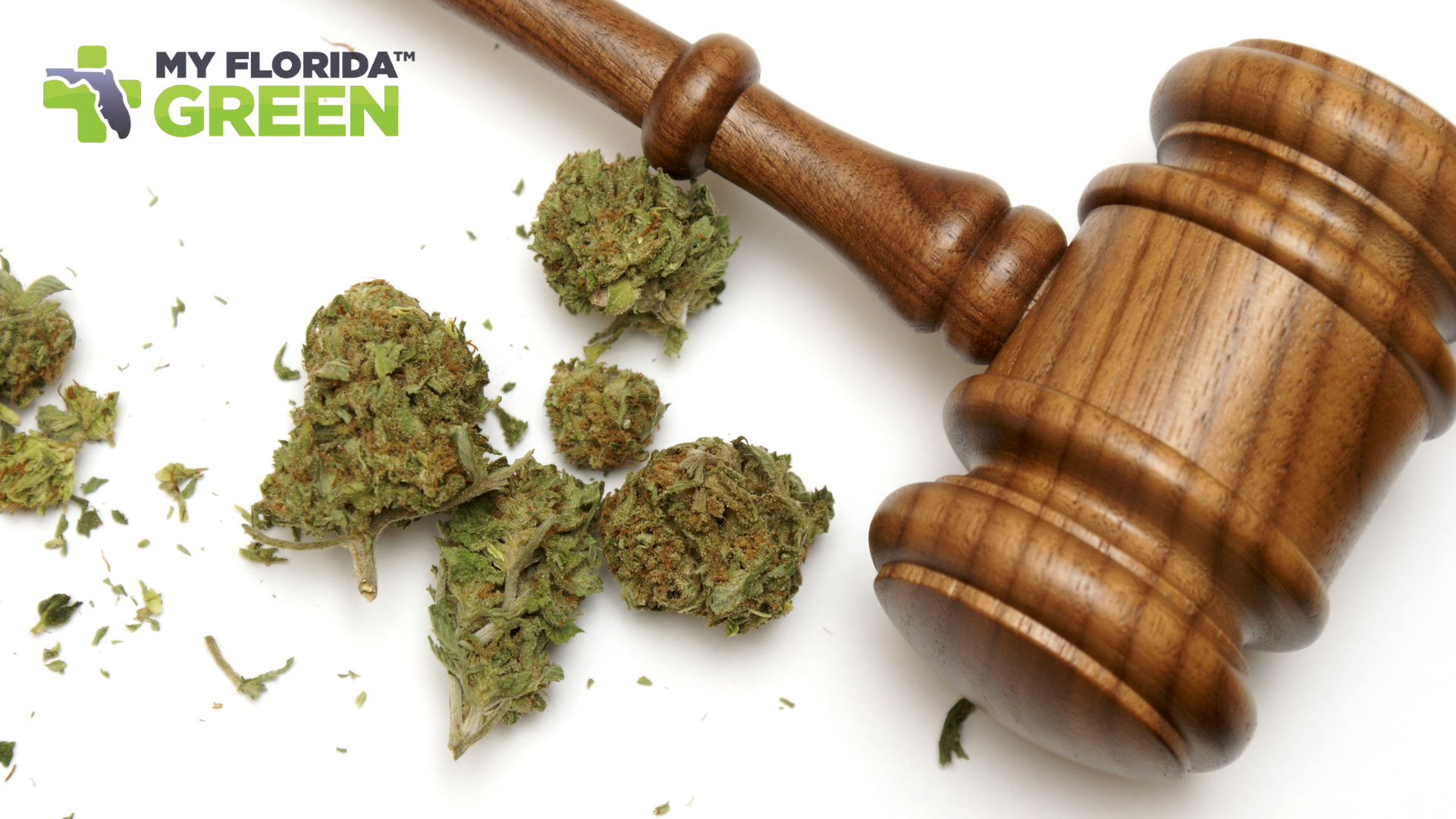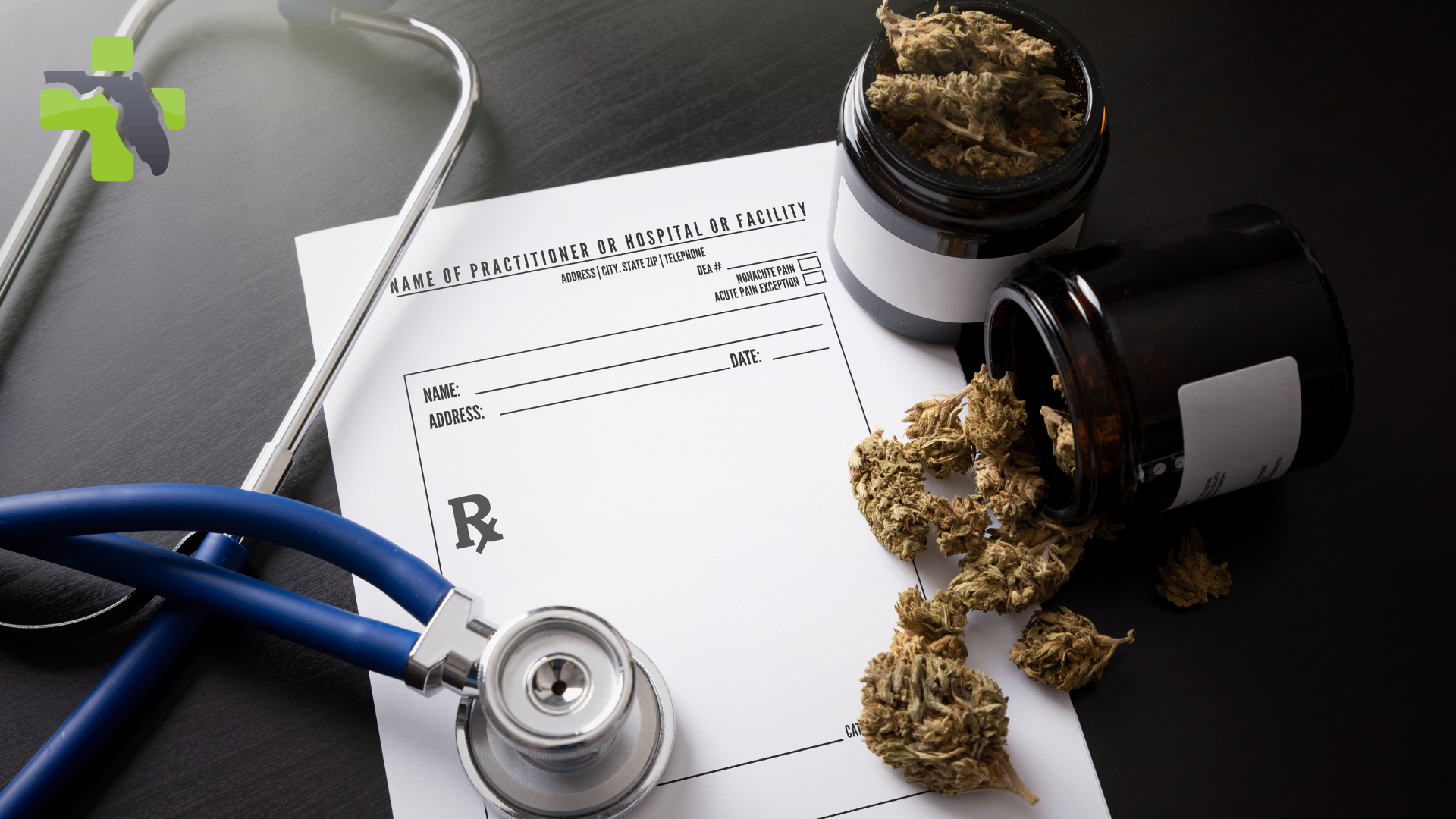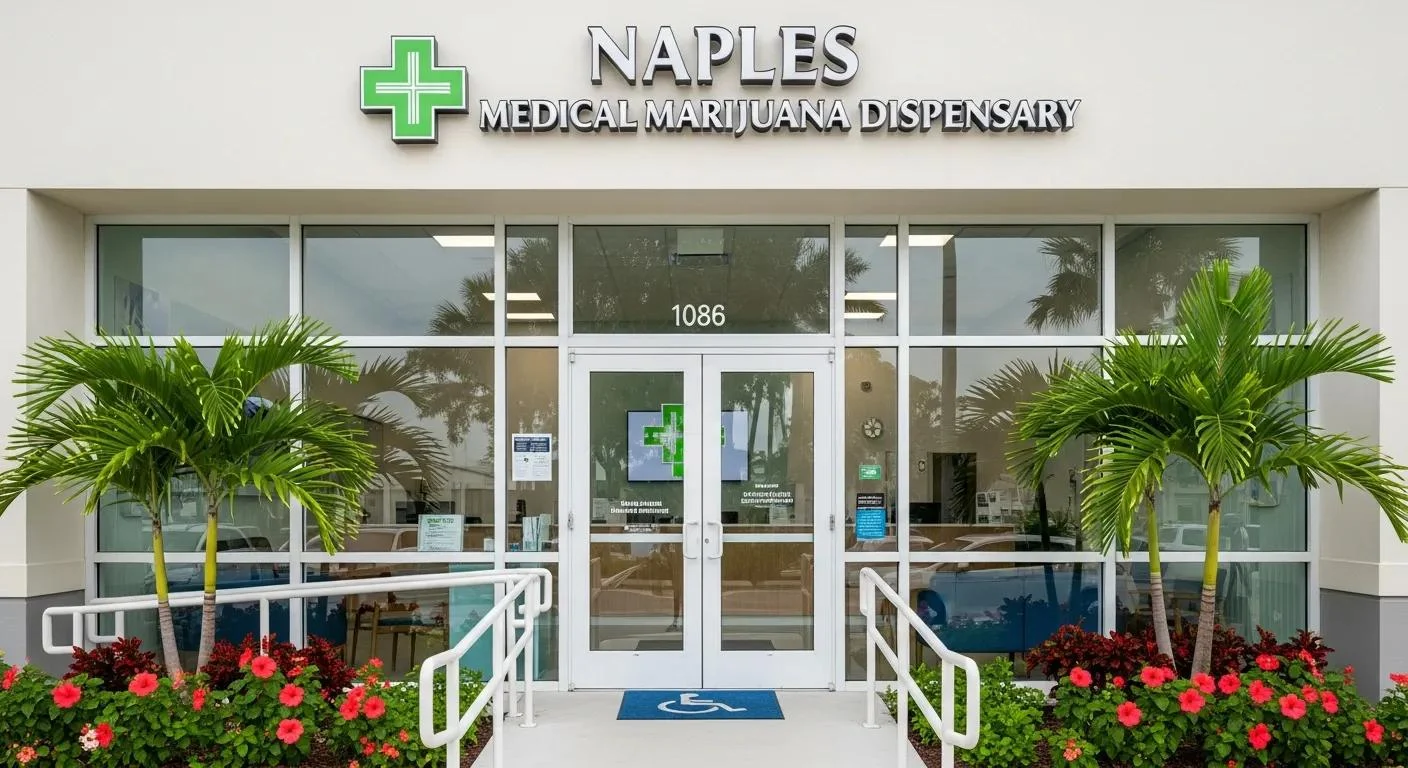The United States is on the verge of a significant shift in drug policy that could federally legalize marijuana for medicinal purposes. This change promises to benefit a wide range of citizens, including military personnel, law enforcement officers, and other government employees, who may soon have access to medical marijuana under medical supervision. With the positive outcomes documented by platforms like My Florida Green, this move represents a crucial step toward medical freedom and could lead to broader acceptance and use of marijuana for medical purposes nationwide.
The Justice Department’s Proposal
The Justice Department’s director of public affairs recently announced that the Attorney General has circulated a proposal to reclassify marijuana from a Schedule I to a Schedule III substance. This proposal marks a significant step forward but must undergo several reviews and approval stages. It will be examined by the White House Office of Management and Budget, opened for public comment, and reviewed by an administrative judge. If approved, this policy change could have far-reaching effects, potentially transforming the landscape of medical marijuana use across the United States.
Understanding DEA Drug Scheduling
In 1970, President Nixon signed the Controlled Substances Act into law, establishing a legal framework to combat drug abuse, then seen as a major national threat. The law created five drug schedules based on a drug’s accepted medical use and its potential for abuse:
Schedule I: Drugs with no accepted medical use and a high potential for abuse. Examples include heroin, LSD, ecstasy, Quaaludes, peyote, and marijuana.
Schedule II: Drugs with a high potential for abuse, which may lead to severe psychological or physical dependence. Examples include fentanyl, Adderall, Ritalin, OxyContin, methamphetamine, methadone, and cocaine.
Schedule III: Drugs with a moderate to low potential for physical and psychological dependence. Examples include Tylenol with codeine, ketamine, anabolic steroids, and testosterone.
Schedule IV: Drugs with a low potential for abuse and a low risk of dependence. Examples include Xanax, Ambien, Tramadol, Ativan, and Valium.
Schedule V: Drugs with a lower potential for abuse than Schedule IV, typically containing limited quantities of certain narcotics. Examples include cough preparations with less than 200 milligrams of codeine per 100 milliliters, Lyrica, Motofen, and Parapectolin.
This scheduling system reflects the government’s assessment of each substance’s medical utility and abuse potential, guiding the regulation and control of drugs within the United States.
Navigating the Challenges Ahead
While rescheduling marijuana will not legalize its recreational use, it does present several uncertainties that need to be addressed by the DEA. Schedule I drugs are highly regulated, making authorized clinical studies difficult to conduct. A Schedule III classification could alleviate some of these barriers, potentially facilitating more comprehensive research.
Moreover, the federal tax code poses another significant challenge. Businesses involved with marijuana or other Schedule I or II drugs cannot take advantage of tax write-offs such as deducting rent, payroll, or other expenses. If marijuana is reclassified, dispensaries across the U.S. would need to register with the DEA, similar to regular pharmacies—a process they are not currently equipped to handle.
Additionally, international treaty obligations require the criminalization of marijuana, complicating the legal landscape further. These treaties will need to be reconsidered and possibly renegotiated to align with the new classification of marijuana. The shift to Schedule III status introduces various legal, logistical, and regulatory challenges requiring careful navigation by federal agencies and lawmakers.
 Medical Marijuana and the Body
Medical Marijuana and the Body
In the early 1990s, researchers uncovered the endocannabinoid system (ECS) while studying tetrahydrocannabinol (THC), the primary psychoactive compound in marijuana. It was found that this system is crucial for maintaining the body’s balance across key functions such as temperature, glucose levels, and blood pressure. The ECS, connected to the central nervous system, influences various neural activities, including learning, memory, motor skills, pain modulation, sleep cycles, and emotions. Its primary role is to ensure homeostasis, the body’s optimal balance, and natural healing.
For more information: Medical Marijuana for Athletes?!
Medical marijuana interacts with the ECS, showing great potential as a treatment for a range of symptoms, particularly those linked to chronic pain and inflammation. It has been found effective for conditions such as PTSD, cancer, and irritable bowel syndrome. With ongoing international research highlighting its medicinal benefits, rescheduling marijuana to a Schedule III drug could significantly enhance public health by making this treatment more accessible.
The Impact on the Government and the Private Sector
The potential rescheduling of marijuana could have a profound impact on both the government and the private sector. More individuals are becoming aware of the health benefits and side effects associated with long-term prescription pharmaceutical use. By reclassifying marijuana, this plant-based medicine could become accessible to a broader population who might not have previously considered it as an option.
For instance, first responders and individuals in high-risk positions prone to post-traumatic stress disorder (PTSD) could explore medical marijuana as a treatment alternative to traditional pharmaceuticals. This shift could offer significant health benefits and provide a less addictive and harmful option compared to some prescription drugs currently used.
Moreover, insurance companies might begin to cover the costs of medical marijuana if it is rescheduled. This would require dispensaries to report patient outcomes to authorities, a task platforms like My Florida Green are already equipped to handle. This integration could streamline the process, making it easier for patients to access and afford medical marijuana.
A Shift in Public Perception
Public acceptance of marijuana as a medical treatment has been significantly hindered by long-standing stigmas. Since the 1930s, propaganda, epitomized by the 1936 exploitation film “Reefer Madness,” has painted marijuana users as criminals and drug abusers. This rhetoric has deeply influenced public perception, preventing many from considering marijuana as a viable medical option.
However, archaeological findings and ancient writings indicate that humanity has used marijuana medicinally for thousands of years. Modern research supports these historical uses, showing that marijuana can be a safe and effective treatment for various medical conditions. Rescheduling marijuana could help shift public perception, moving beyond outdated stigmas and recognizing the legitimate medical benefits of this plant. This change could foster wider acceptance and utilization of marijuana as a treatment, helping more people find relief from their symptoms.
 My Florida Green: Pioneering the Path Forward
My Florida Green: Pioneering the Path Forward
Rescheduling marijuana from Schedule I to Schedule III would have significant federal implications for healthcare. If this change occurs, insurance companies might begin to cover the costs of medical marijuana, making it more accessible and affordable for patients in need. However, the DEA faces a considerable task in requiring dispensaries to report patient outcomes. My Florida Green has already developed the technology and platform to assist state and federal authorities in documenting both the positive and negative outcomes of incorporating medical marijuana into treatment plans.
This policy shift could finally provide access to those who have been denied medical marijuana, allowing them to explore a plant-based alternative to synthetic pharmaceuticals. Medical marijuana has the potential to become a valuable tool for doctors, offering a safer option compared to dangerous opioids. According to the CDC, in 2021, 45 people died each day from a prescription opioid overdose, totaling nearly 17,000 deaths. The integration of medical marijuana could help reduce this alarming statistic.
In Florida, My Florida Green is at the forefront, providing patients with access to knowledgeable doctors and patient advocates who can educate them about the benefits of medical marijuana. This transition represents a monumental shift in healthcare, promising better health outcomes and increased acceptance of marijuana’s medical benefits. My Florida Green continues to lead the charge in making medical marijuana a viable and accessible treatment option for those in need.


 Medical Marijuana and the Body
Medical Marijuana and the Body My Florida Green: Pioneering the Path Forward
My Florida Green: Pioneering the Path Forward





